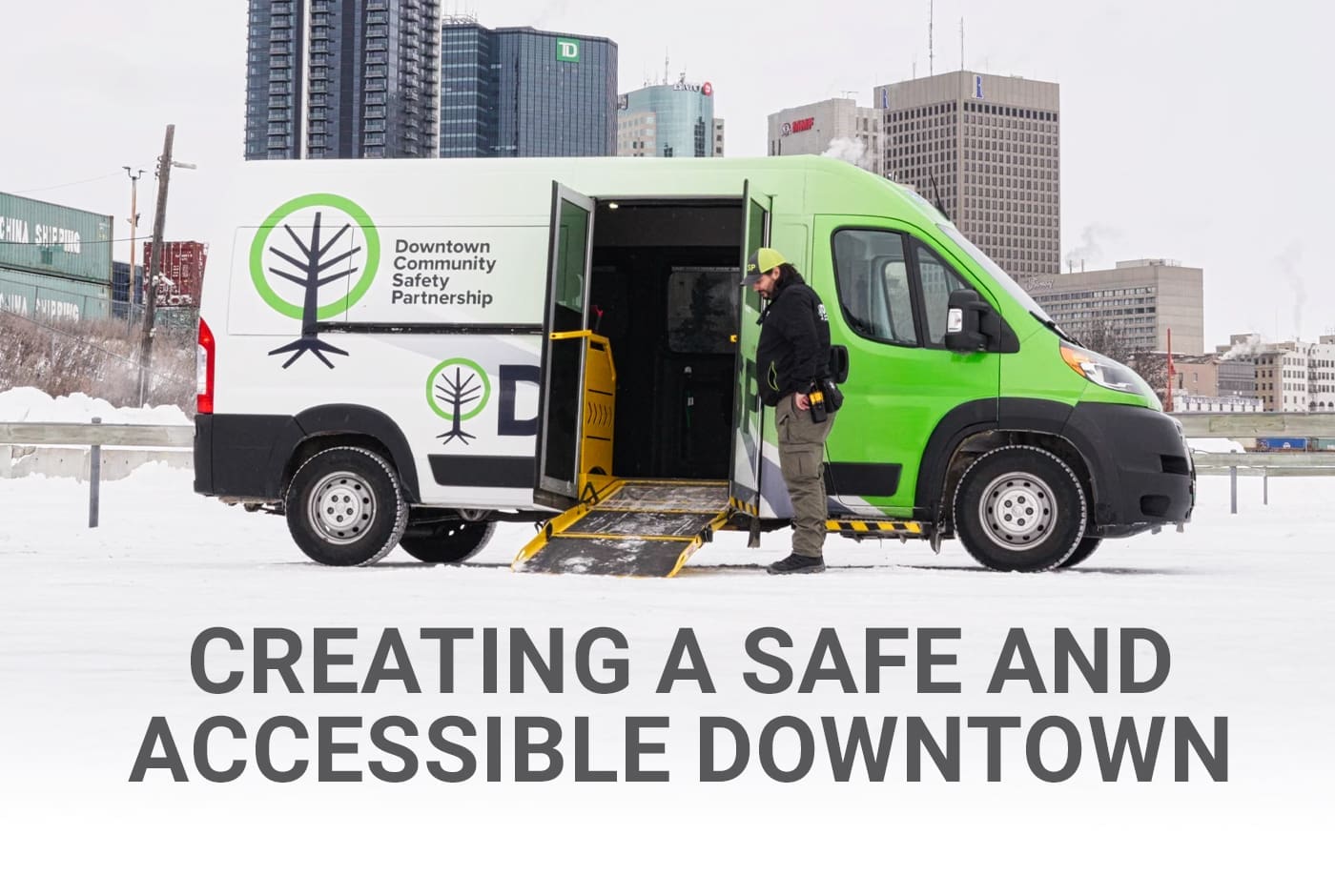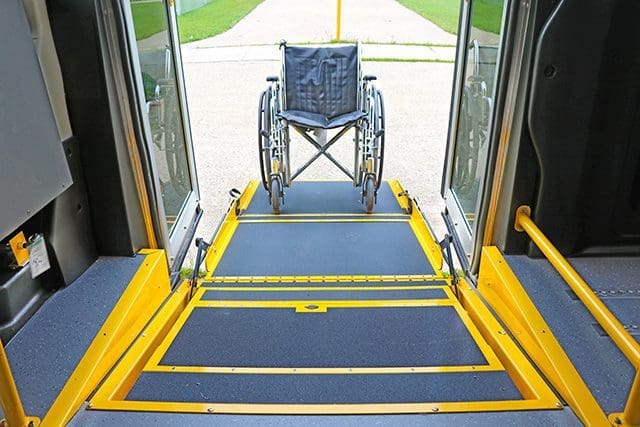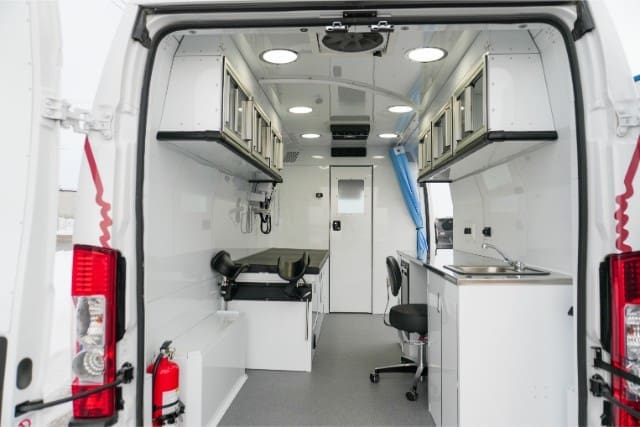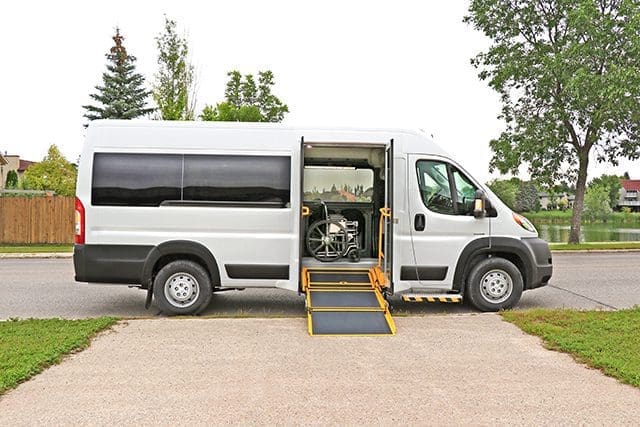What happens when someone in mental distress is bleeding out at 4 a.m. on a cold November street, and there’s no ambulance in sight?
This isn’t a hypothetical. It’s exactly what one outreach team faced—and they saved a life.
This story isn’t about superheroes. It’s about a community crisis intervention model that works in real time. A model rooted in human dignity, compassion, and fast, practical help.
In downtown Winnipeg, DCSP team doesn’t wait for emergencies to escalate—they’re already on the ground, building relationships and responding with care. When someone overdoses, they deploy Narcan. When a family is stranded, they find a safe place for the night and a way forward the next morning. When someone in a wheelchair needs to get to a doctor, they don’t refer it out—they show up in an accessible van, ready to assist.
And it’s not just reactive. They prevent crises from overwhelming emergency services. Fewer 911 calls. Fewer ER visits. More people supported before it’s too late.
With a Mobile Outreach Van, their community crisis intervention model does what traditional systems often can’t: meet people where they are, treat them with respect, and connect them to the right resources—fast.
This isn’t just about responding to problems. It’s about reimagining how we care for each other.
If your organization is exploring how to serve your city better, how to meet rising mental health and housing needs without overburdening police or hospitals, this model is worth studying.
Because every city has people in crisis. The question is—who’s stepping in to help before it’s too late?
This is what a community crisis intervention model looks like in action.
Watch the full video above to see how the DCSP model works—and imagine how your community could benefit from a similar approach.









